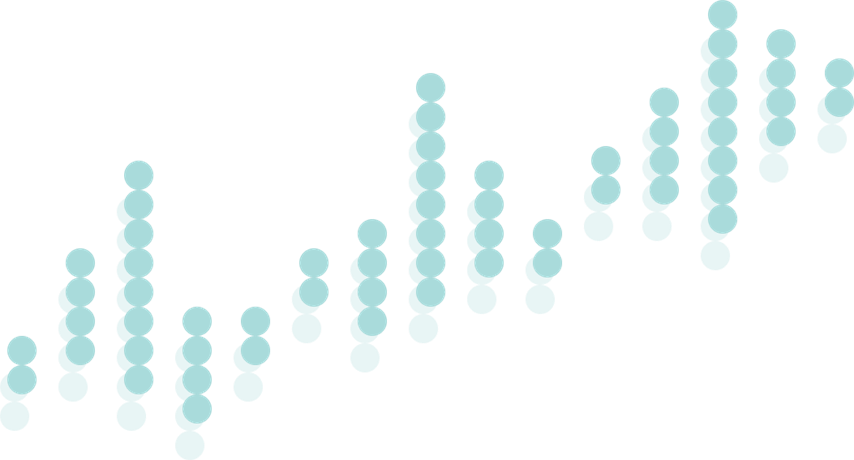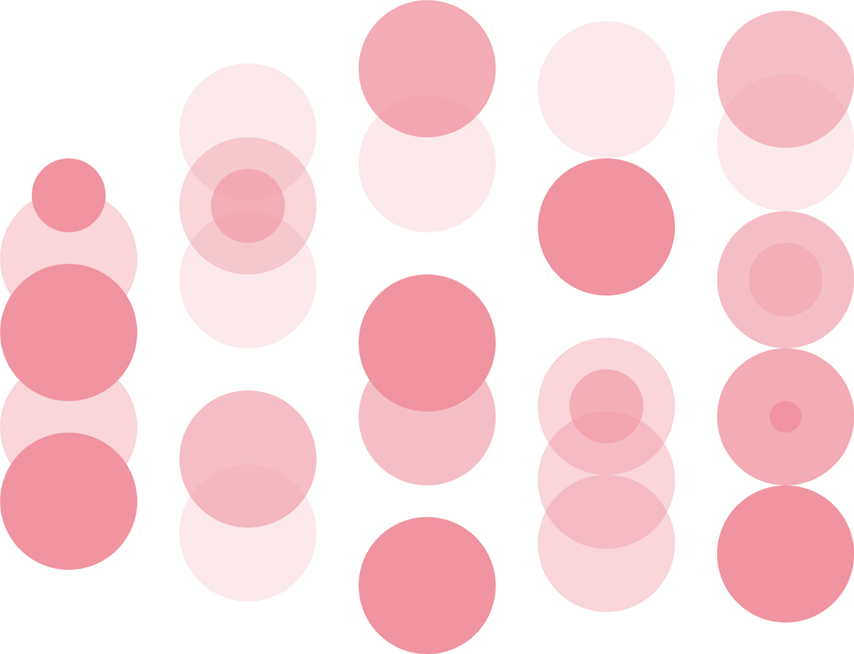Browse our news and explore our resources to find out more about our work, its impact on the sector, and the activities of our member and partner organisations.
Explore our work

News
Explore our impact
Find out more about what we have been up to lately, and get our take on the topical news stories that affect insurtech in the UK.

Webinars
Watch and learn
Watch our recorded webinars to learn more about all things starting, scaling and running a successful insurtech in the UK and abroad.

Reports
Browse our resources
Browse our reports for advice, support and insights from our partners into starting, growing and scaling an insurtech in the UK and abroad.

Media Centre
Discover our activity
Discover where Insurtech UK and its members have featured in the national and sector press promoting insurance innovation.




